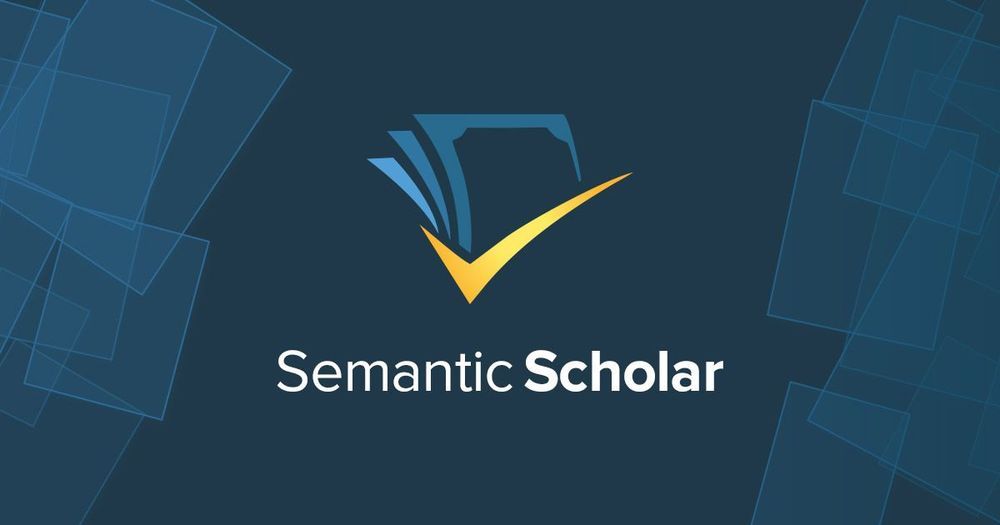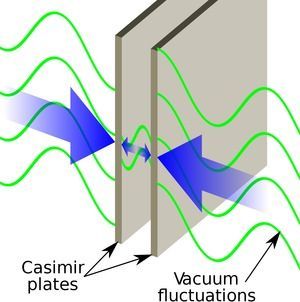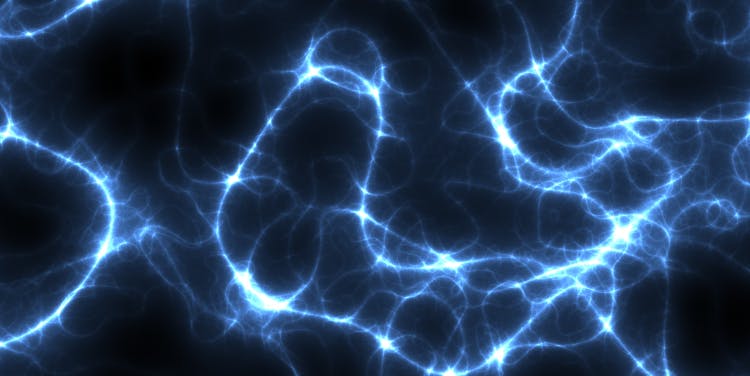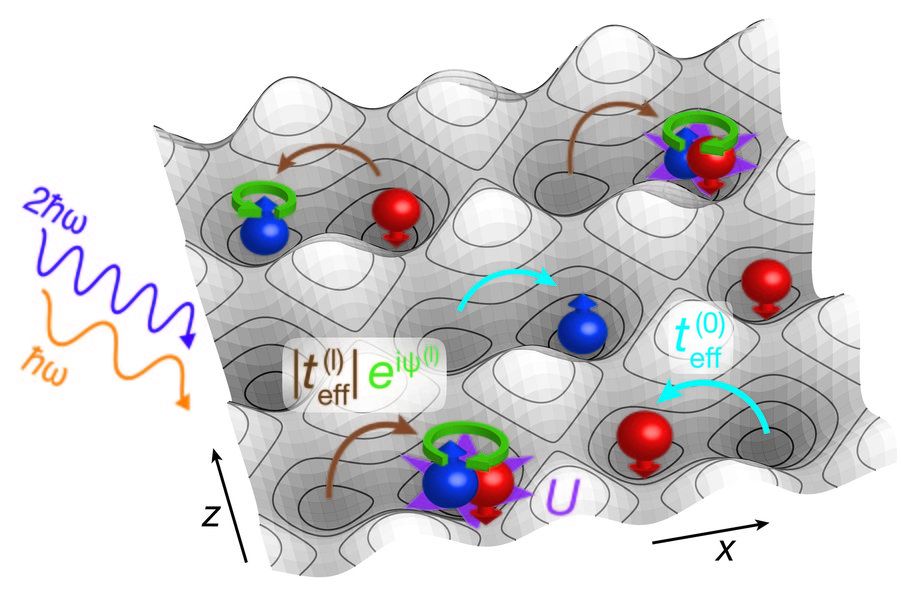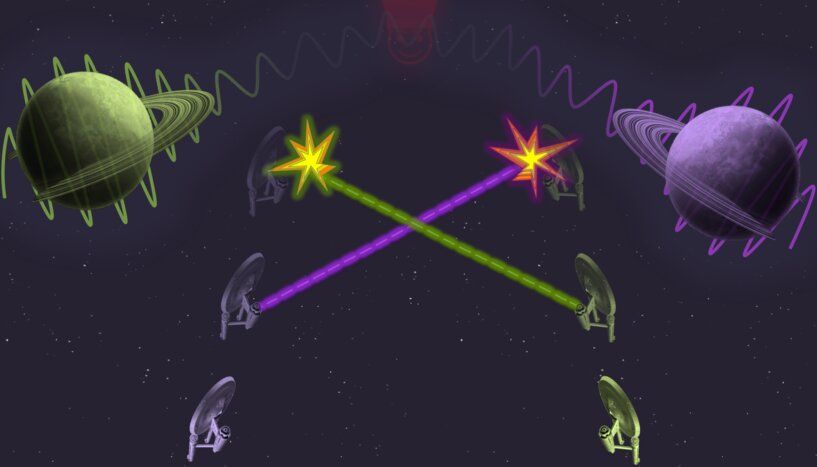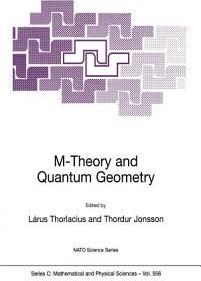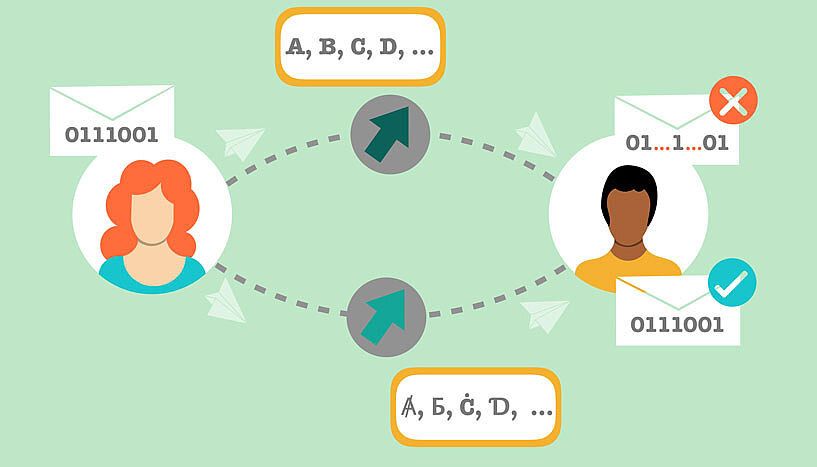
Quantum information relies on the possibility of writing messages in a quantum particle and reading them out in a reliable way. If, however, the particle is relativistic, meaning that it moves with velocities close to the speed of light, it is impossible for standard techniques to decode the message unambiguously, and the communication therefore fails.
Thanks to the introduction of a new method, researchers at the University of Vienna and the Austrian Academy of Sciences have developed reliable decoding of quantum messages transmitted at extremely high speeds. The results, published in the journal Physical Review Letters, opens up new possibilities of technological applications in quantum information and quantum communication.
Imagine the following situation: Anna and Bill want to exchange a message by using a property of a quantum particle, say the spin of an electron, which is an intrinsic form of particle’s rotation. Bill needs Anna’s message as quickly as possible, so Anna has to send the electron at maximum speed, very close to the speed of light. Given that Anna has the electron in her laboratory localized, the Heisenberg uncertainty principle forbids the velocity of the electron to be defined with arbitrary precision. When the electron travels at extremely high speed, the interplay between special relativity and quantum physics causes the spin and the velocity of the electron to become entangled. Due to this correlation, which is stronger than what is classically possible, Bill is not able to read out the spin with the standard method. Can Anna and Bill improve their communication strategy?

